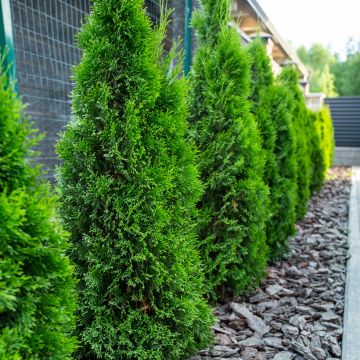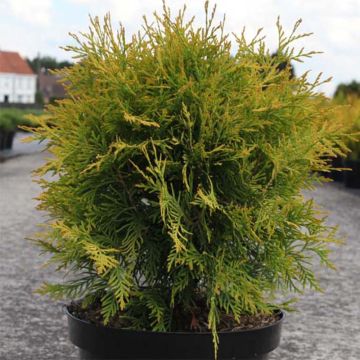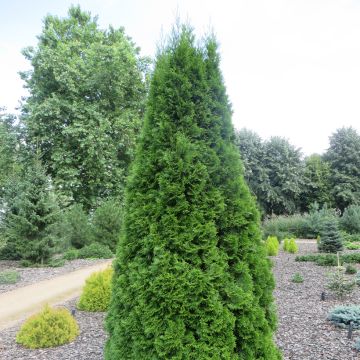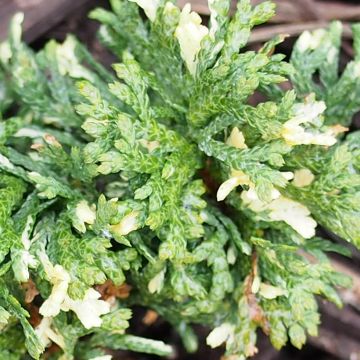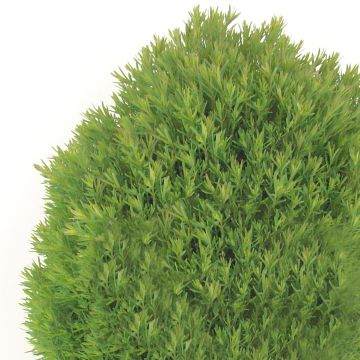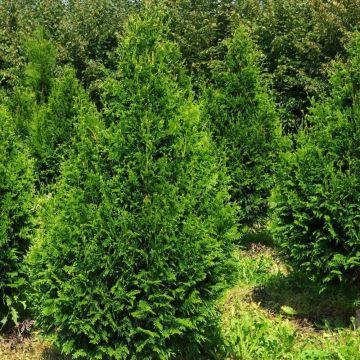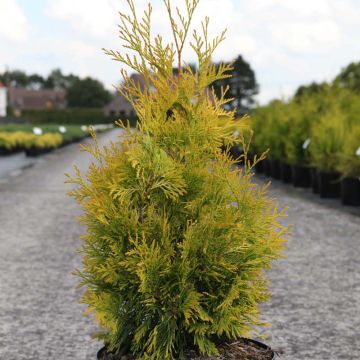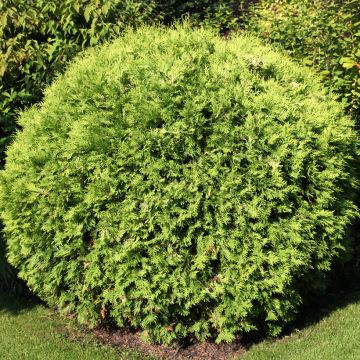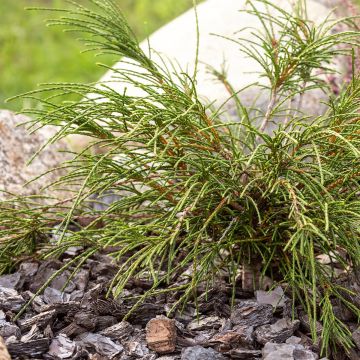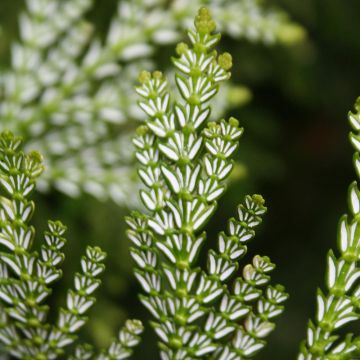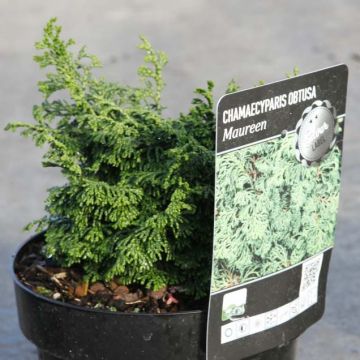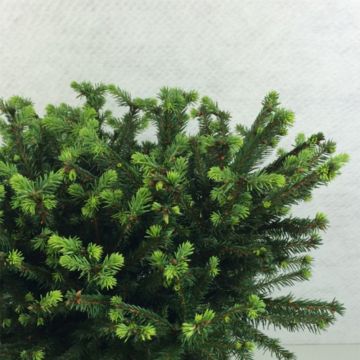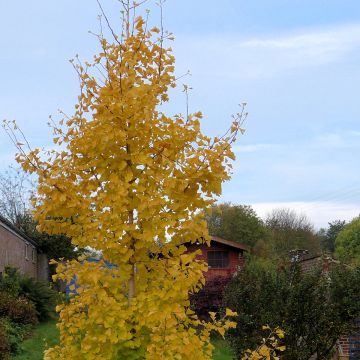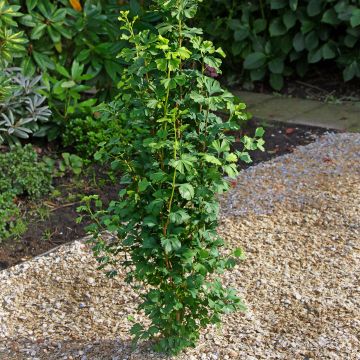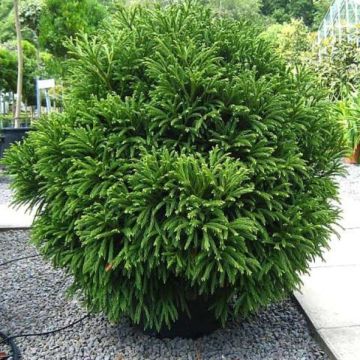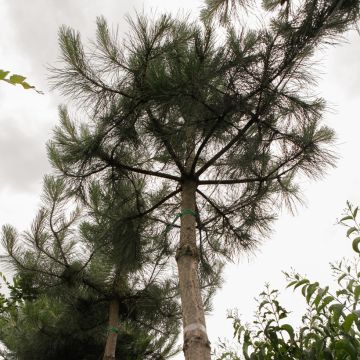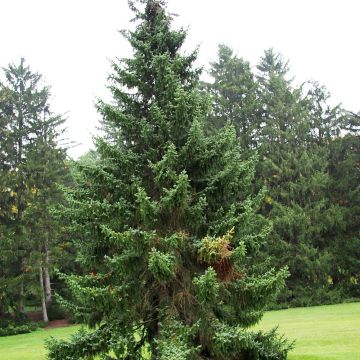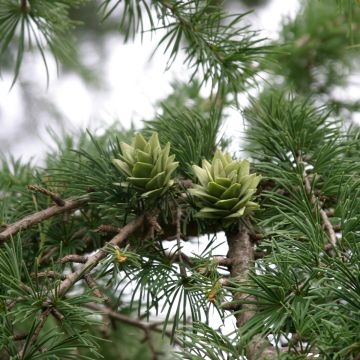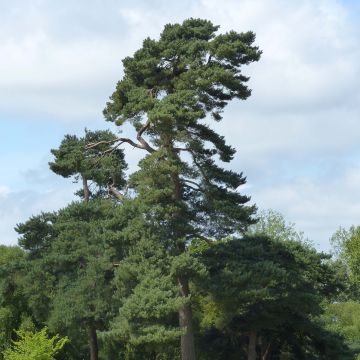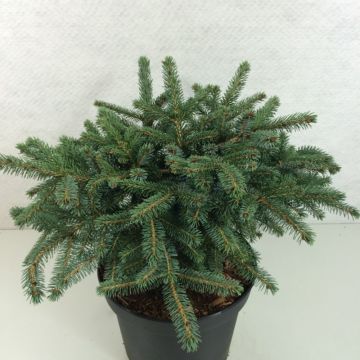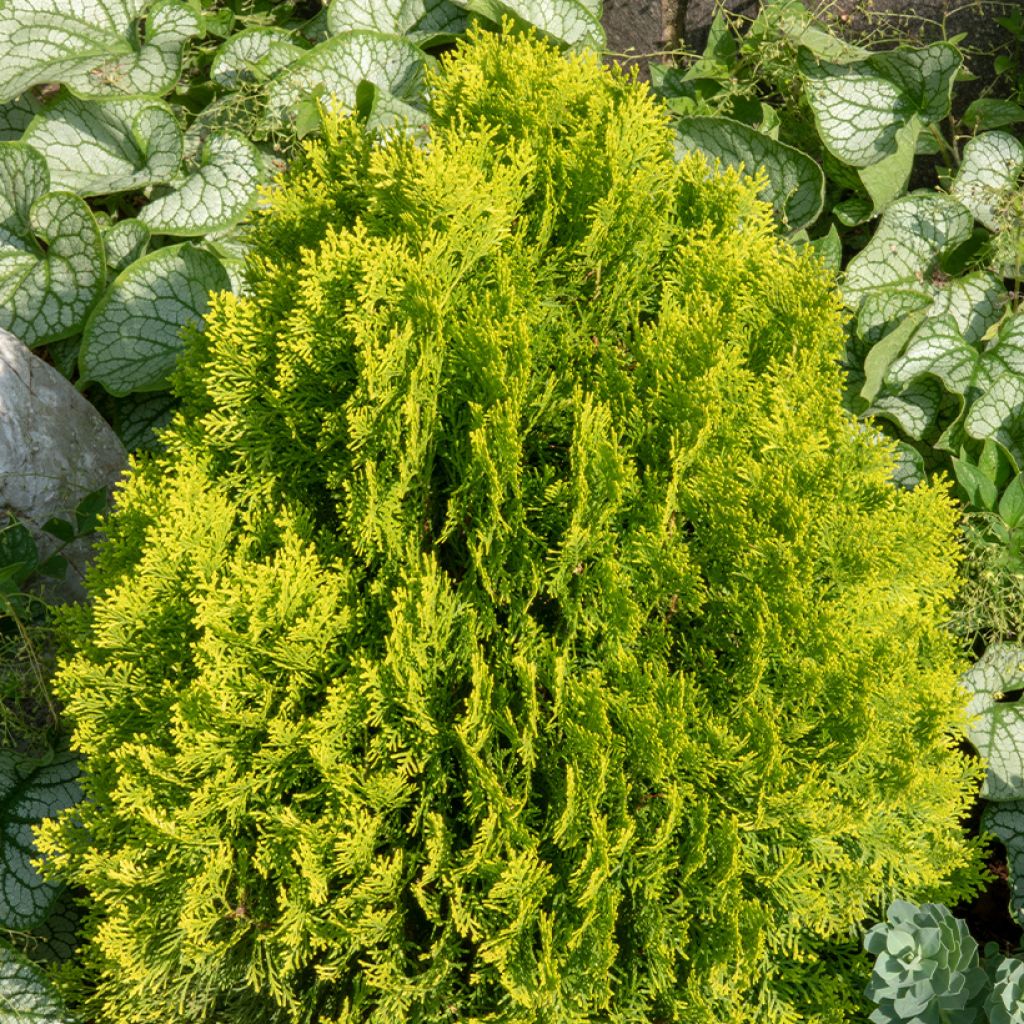

Thuja occidentalis Golden Smaragd
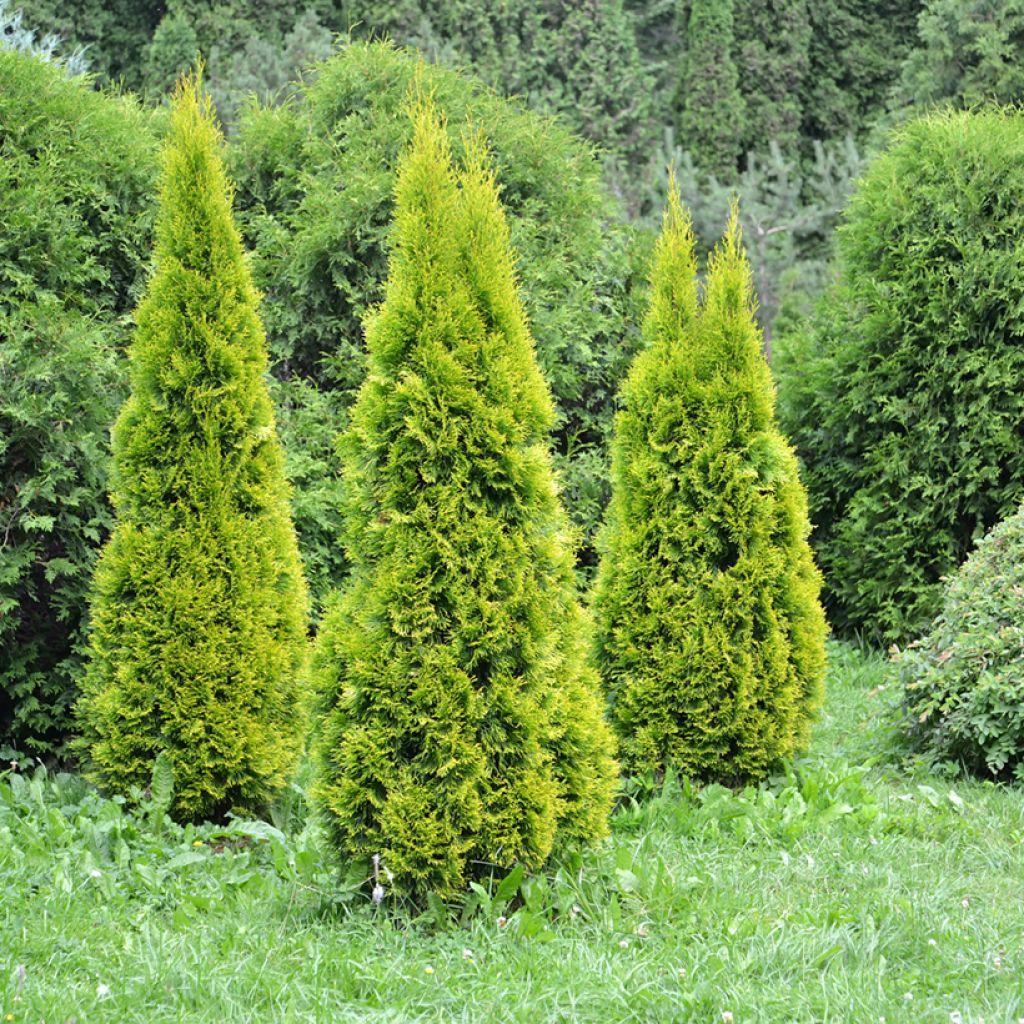

Thuja occidentalis Golden Smaragd
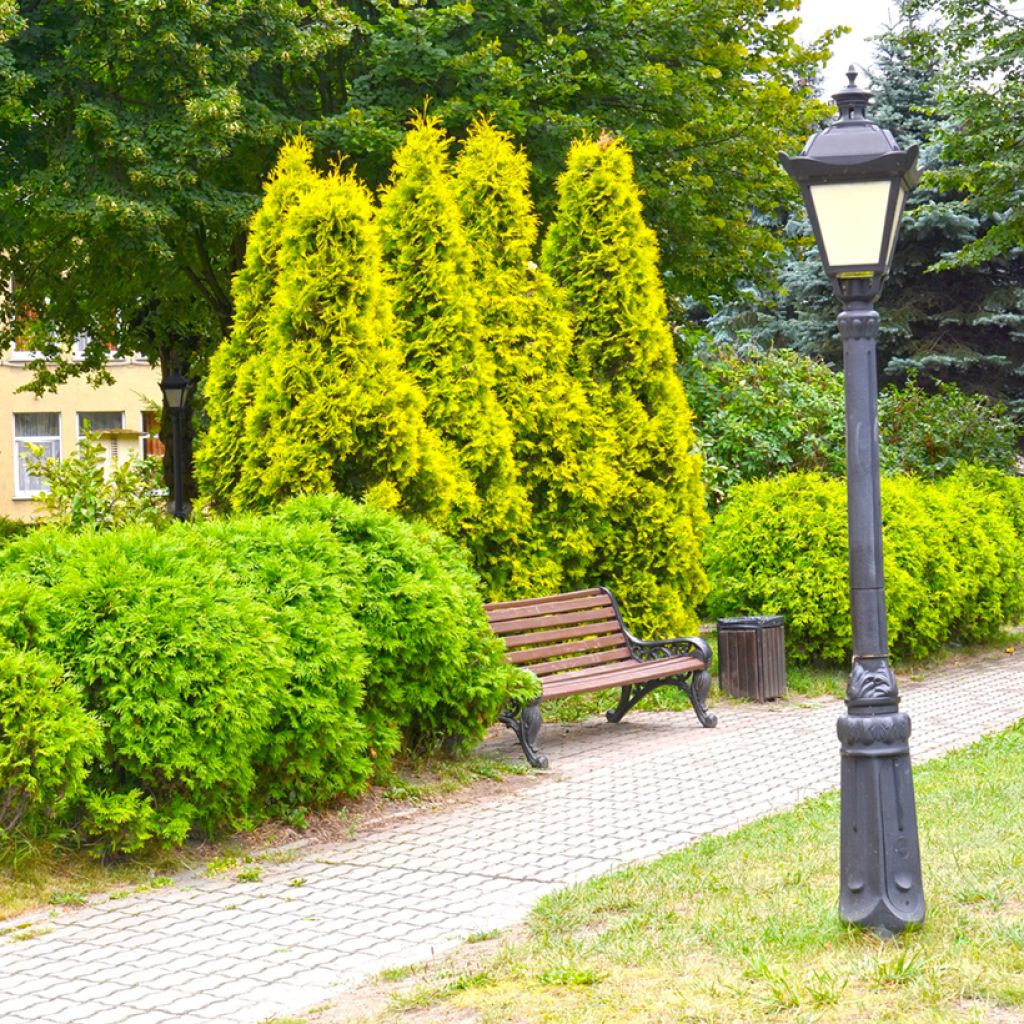

Thuja occidentalis Golden Smaragd
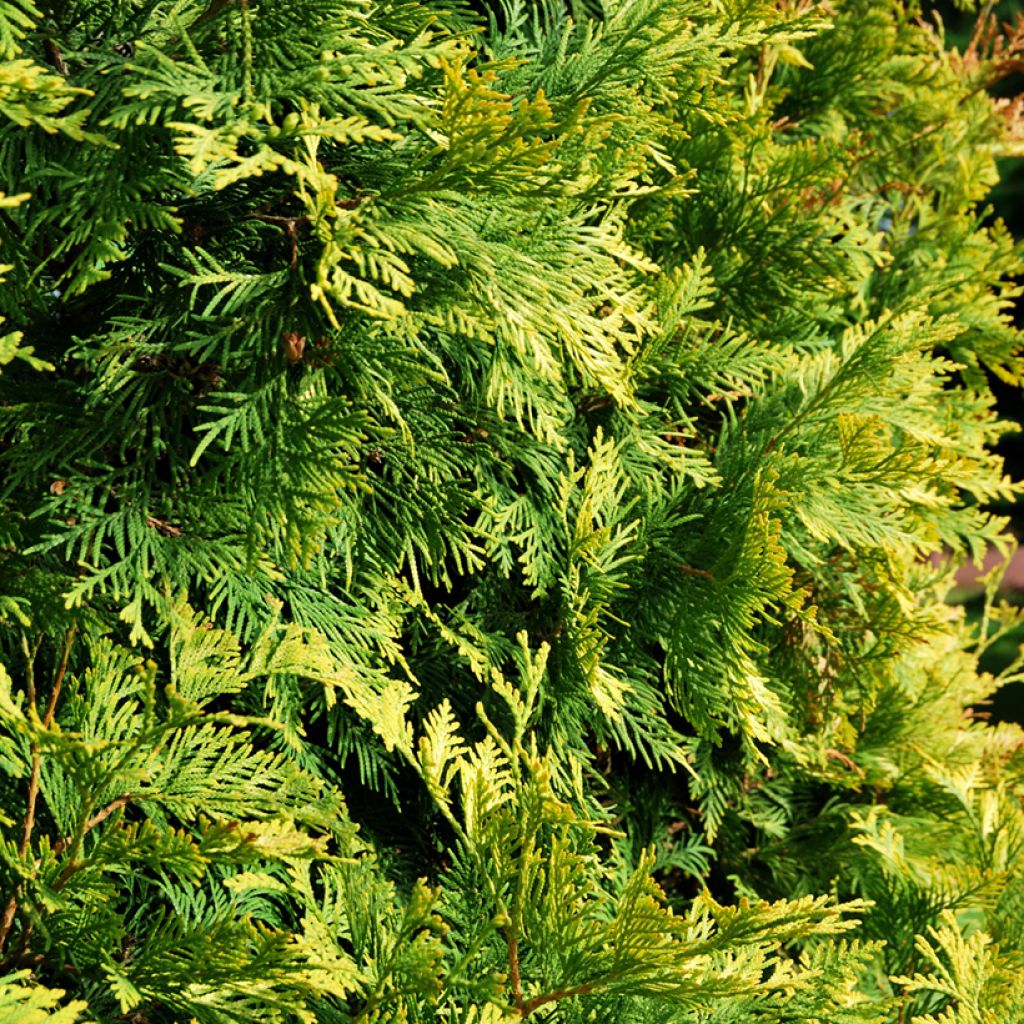

Thuja occidentalis Golden Smaragd
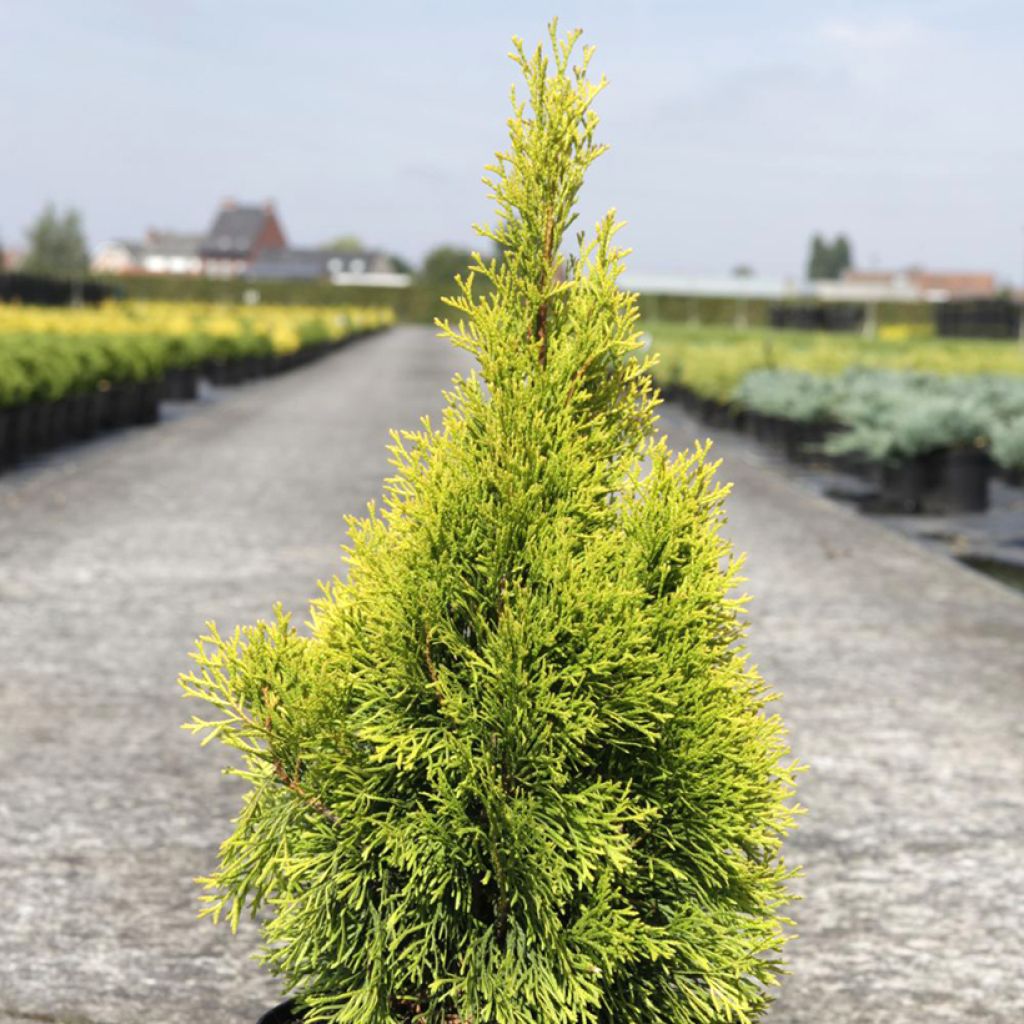

Thuja occidentalis Golden Smaragd
Thuja occidentalis Golden Smaragd
Thuja occidentalis Golden Smaragd
Eastern White Cedar, Northern White Cedar, American Arborvitae, Tree of Life
This item cannot be shipped to the selected country
Delivery charge from €5.90
Delivery charge from €5.90
Delivery charge from €5.90
More information
Schedule delivery date,
and select date in basket
This plant carries a 24 months recovery warranty
More information
We guarantee the quality of our plants for a full growing cycle, and will replace at our expense any plant that fails to recover under normal climatic and planting conditions.
From €5.90 for pickup delivery and €6.90 for home delivery
Express home delivery from €8.90.
From €5.90 for pickup delivery and €6.90 for home delivery
Express home delivery from €8.90.
From €5.90 for pickup delivery and €6.90 for home delivery
Express home delivery from €8.90.
Does this plant fit my garden?
Set up your Plantfit profile →
Description
The Thuja occidentalis 'Golden Smaragd' is a small Canadian Thuja with a fairly narrow conical habit and decorative evergreen yellow-gold foliage. Its slow growth and modest adult size allow for many uses, in a rockery, as a solitary specimen, in a border with perennials or shrubs, or even in a large pot on the terrace. It is also a hardy conifer, resistant to wind and pollution, which thrives in a well-drained soil that is not too dry, and in a sunny position to fully express its golden hue.
The Thuja occidentalis, also known as Canadian Thuja or Western Thuja, is sometimes called White Cedar of Canada or Balai. It is an evergreen conifer of the Cupressaceae family native to northeastern North America. In the wild, it reaches a height of 15 to 20 m (49 ft 2 in to 65 ft 7 in), with a beautiful conical habit and a trunk covered with a highly decorative reddish-brown exfoliating bark. It is a perfectly hardy species, well adapted to temperate climates and poor, moist, or occasionally dry soils. Its almost rot-resistant, lightweight, fragrant, and easily flammable wood is used for many purposes. It has given rise to more than 300 cultivars that have been selected for their ornamental qualities.
The 'Golden Smaragd' variety is a recent introduction to the market (2009). It is the golden version of the famous 'Smaragd' Thuja, which was obtained by Poulsen and widely used in gardens. 'Golden Smaragd' has a similar conical habit, slightly swollen at the base, but in a smaller size, reaching only 2 m (6 ft 7 in) in height after 10 years, with a spread of 80 cm (31.5 in) to 1 m (3 ft 4 in). Its fine foliage consists of flattened branches arranged in planes and covered with scale-like leaves 3 to 5 mm long. The leaves, overlapping each other, give the branchlets a characteristic flat appearance. In partial shade, its foliage is yellow-green, but it needs sunlight to develop its beautiful yellow colour with golden reflections, which is its main aesthetic feature.
The 'Golden Smaragd' Western Thuja will find its place in any garden, even the smallest, as it is a magnificent and undemanding plant that requires very little maintenance. It can be planted in a large rockery, as a small screen, freely or in groups of three near an entrance. It can also be planted in a beautiful container on the terrace or balcony. In this case, regular watering is necessary, as the growing conditions are harsher than in open ground. It pairs well with more disorderly shrubs, large stones, geometric lines of swimming pools or buildings, and masonry structures. It can be combined with other small-sized conifers to create contrasting shapes and colours for maximum decorative effect. The Sitka Spruce 'Silberzwerg' (silver dwarf in German) with its globular gray-blue habit will be a great companion. The Pinus mugo Lilliput with its spreading, densely branched habit and dark green needles will create an extremely original and decorative scene alongside our little 'Golden Smaragd' Thuja.
Report an error about the product description
Thuja occidentalis Golden Smaragd in pictures
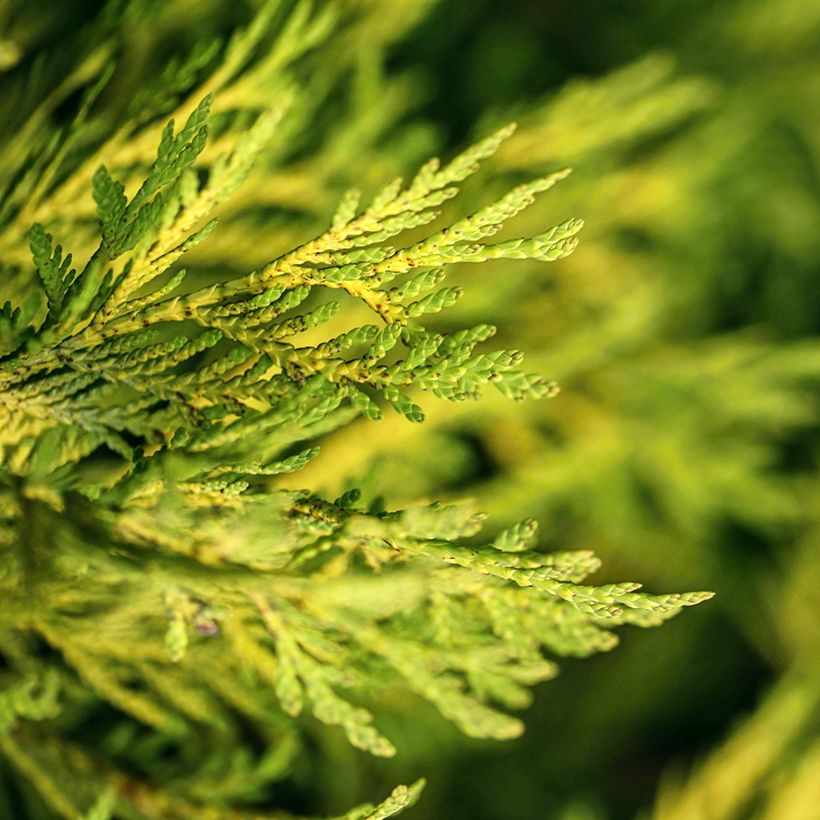

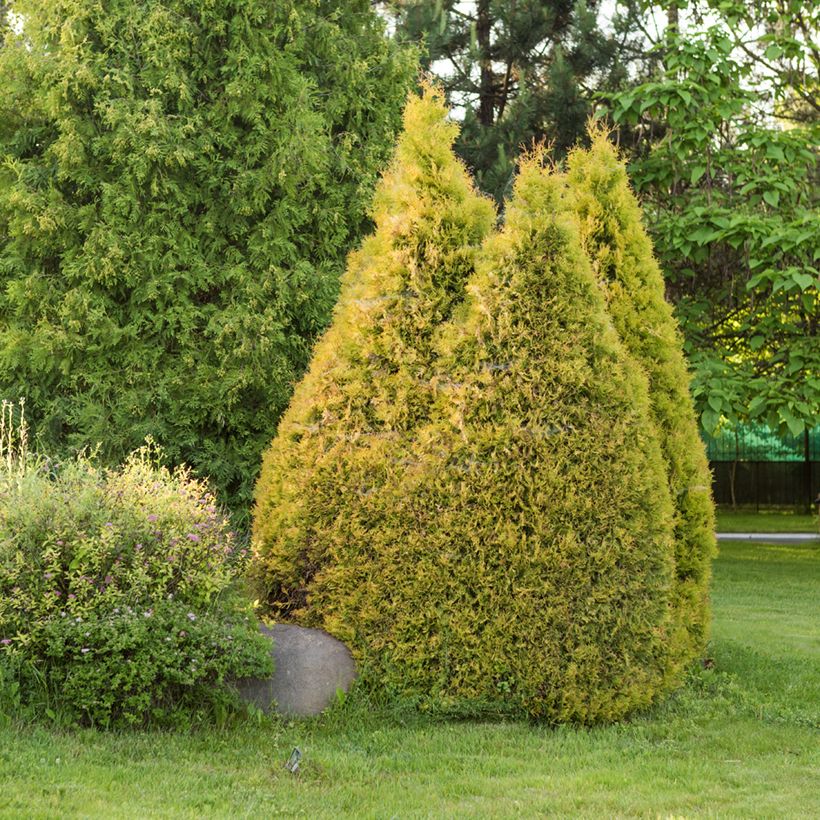

Plant habit
Foliage
Botanical data
Thuja
occidentalis
Golden Smaragd
Cupressaceae
Eastern White Cedar, Northern White Cedar, American Arborvitae, Tree of Life
Cultivar or hybrid
Other Thuya - Thuja
Planting and care
The Thuja occidentalis 'Golden Smaragd' is planted from September to November and from February to April in deep, ordinary, but loose and not too heavy soil, neutral or even slightly calcareous, but not arid. It prefers loamy, slightly calcareous soils. It only fears extremely hot temperatures and prolonged drought, even though it tolerates water shortage once well rooted. Choose a sheltered location away from strong winds, sunny or partially shaded, especially in warm climates. Soak the root balls well before planting. Optionally add organic amendment to the planting hole and water thoroughly in the first years, and in case of prolonged drought. In very poor soil, you can apply a special conifer fertilizer every year in April and weed the soil in summer. This hardy conifer (up to -25°C (-13 °F) at least) does not require pruning.
Planting period
Intended location
Care
This item has not been reviewed yet - be the first to leave a review about it.
Conifers
Haven't found what you were looking for?
Hardiness is the lowest winter temperature a plant can endure without suffering serious damage or even dying. However, hardiness is affected by location (a sheltered area, such as a patio), protection (winter cover) and soil type (hardiness is improved by well-drained soil).

Photo Sharing Terms & Conditions
In order to encourage gardeners to interact and share their experiences, Promesse de fleurs offers various media enabling content to be uploaded onto its Site - in particular via the ‘Photo sharing’ module.
The User agrees to refrain from:
- Posting any content that is illegal, prejudicial, insulting, racist, inciteful to hatred, revisionist, contrary to public decency, that infringes on privacy or on the privacy rights of third parties, in particular the publicity rights of persons and goods, intellectual property rights, or the right to privacy.
- Submitting content on behalf of a third party;
- Impersonate the identity of a third party and/or publish any personal information about a third party;
In general, the User undertakes to refrain from any unethical behaviour.
All Content (in particular text, comments, files, images, photos, videos, creative works, etc.), which may be subject to property or intellectual property rights, image or other private rights, shall remain the property of the User, subject to the limited rights granted by the terms of the licence granted by Promesse de fleurs as stated below. Users are at liberty to publish or not to publish such Content on the Site, notably via the ‘Photo Sharing’ facility, and accept that this Content shall be made public and freely accessible, notably on the Internet.
Users further acknowledge, undertake to have ,and guarantee that they hold all necessary rights and permissions to publish such material on the Site, in particular with regard to the legislation in force pertaining to any privacy, property, intellectual property, image, or contractual rights, or rights of any other nature. By publishing such Content on the Site, Users acknowledge accepting full liability as publishers of the Content within the meaning of the law, and grant Promesse de fleurs, free of charge, an inclusive, worldwide licence for the said Content for the entire duration of its publication, including all reproduction, representation, up/downloading, displaying, performing, transmission, and storage rights.
Users also grant permission for their name to be linked to the Content and accept that this link may not always be made available.
By engaging in posting material, Users consent to their Content becoming automatically accessible on the Internet, in particular on other sites and/or blogs and/or web pages of the Promesse de fleurs site, including in particular social pages and the Promesse de fleurs catalogue.
Users may secure the removal of entrusted content free of charge by issuing a simple request via our contact form.
The flowering period indicated on our website applies to countries and regions located in USDA zone 8 (France, the United Kingdom, Ireland, the Netherlands, etc.)
It will vary according to where you live:
- In zones 9 to 10 (Italy, Spain, Greece, etc.), flowering will occur about 2 to 4 weeks earlier.
- In zones 6 to 7 (Germany, Poland, Slovenia, and lower mountainous regions), flowering will be delayed by 2 to 3 weeks.
- In zone 5 (Central Europe, Scandinavia), blooming will be delayed by 3 to 5 weeks.
In temperate climates, pruning of spring-flowering shrubs (forsythia, spireas, etc.) should be done just after flowering.
Pruning of summer-flowering shrubs (Indian Lilac, Perovskia, etc.) can be done in winter or spring.
In cold regions as well as with frost-sensitive plants, avoid pruning too early when severe frosts may still occur.
The planting period indicated on our website applies to countries and regions located in USDA zone 8 (France, United Kingdom, Ireland, Netherlands).
It will vary according to where you live:
- In Mediterranean zones (Marseille, Madrid, Milan, etc.), autumn and winter are the best planting periods.
- In continental zones (Strasbourg, Munich, Vienna, etc.), delay planting by 2 to 3 weeks in spring and bring it forward by 2 to 4 weeks in autumn.
- In mountainous regions (the Alps, Pyrenees, Carpathians, etc.), it is best to plant in late spring (May-June) or late summer (August-September).
The harvesting period indicated on our website applies to countries and regions in USDA zone 8 (France, England, Ireland, the Netherlands).
In colder areas (Scandinavia, Poland, Austria...) fruit and vegetable harvests are likely to be delayed by 3-4 weeks.
In warmer areas (Italy, Spain, Greece, etc.), harvesting will probably take place earlier, depending on weather conditions.
The sowing periods indicated on our website apply to countries and regions within USDA Zone 8 (France, UK, Ireland, Netherlands).
In colder areas (Scandinavia, Poland, Austria...), delay any outdoor sowing by 3-4 weeks, or sow under glass.
In warmer climes (Italy, Spain, Greece, etc.), bring outdoor sowing forward by a few weeks.

































